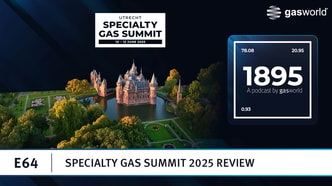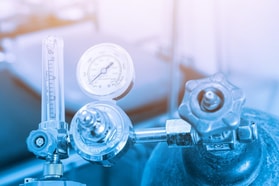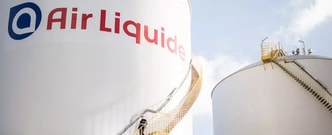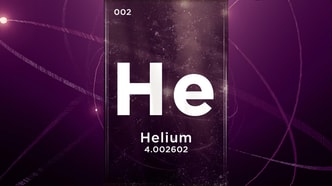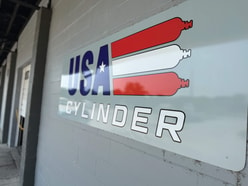Part 3 – Welded Cylinders: Beyond the Billion
Introduction
In today’s industry there are enormous quantities of welded gas cylinders in use. The vast majority are steel based, (though aluminium alloys are also manufactured for specific applications) with the output from some of the larger steel cylinder manufacturers exceeding six million vessels per annum. Guesstimates of total numbers vary, but most agree that more than a billion $quot;useful$quot; cylinders are currently in circulation. $quot;Useful$quot; because in many communities, they are essential for survival. Numerous city dwellers around the world take piped gas (natural gas/methane) for granted for cooking and heating. Where such a luxury is absent, $quot;bottled$quot; gas in the form of LPG (Liquefied Petroleum Gas) is the substitute. As a result cylinders used for LPG account for, by far, the greatest number of welded cylinders in circulation.
Following a rise in popularity in the last decade, welded steel cylinders are also commonly used for refrigerant gases. However, many cylinders for such gases are of the non-refillable type i.e. filled only once and then scrapped. Welded & refillable cylinders are also used for acetylene, chlorine, ammonia and a host of other low pressure liquefied gases. Great care is needed in the manufacture and testing of these products (often non-destructive tests in varying quantity for batch tests) due to the toxic/flammable nature of some of these gases.
The refillable welded cylinder
Welded cylinders are either two-piece (this depends on the water capacity, for low water capacities, say less than 50 litres) while larger cylinders are often three-piece. The two-piece geometry consists of two cold, deep drawn plates that are circumferentially welded in a $quot;joggle$quot; geometry, whereby the one plate slightly overlaps the other resulting in a small gap on the internal surface.
Such two-piece cylinders are also occasionally $quot;butt$quot; welded, (e.g. when used for the storage of acetylene and its associated $quot;porous material$quot;, so that there are no $quot;gaps$quot;) to eliminate the possibility of the porous material from developing cracks.
... to continue reading you must be subscribed



